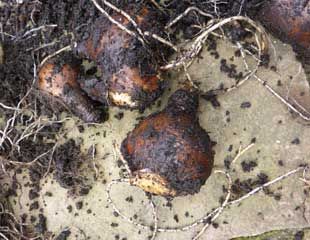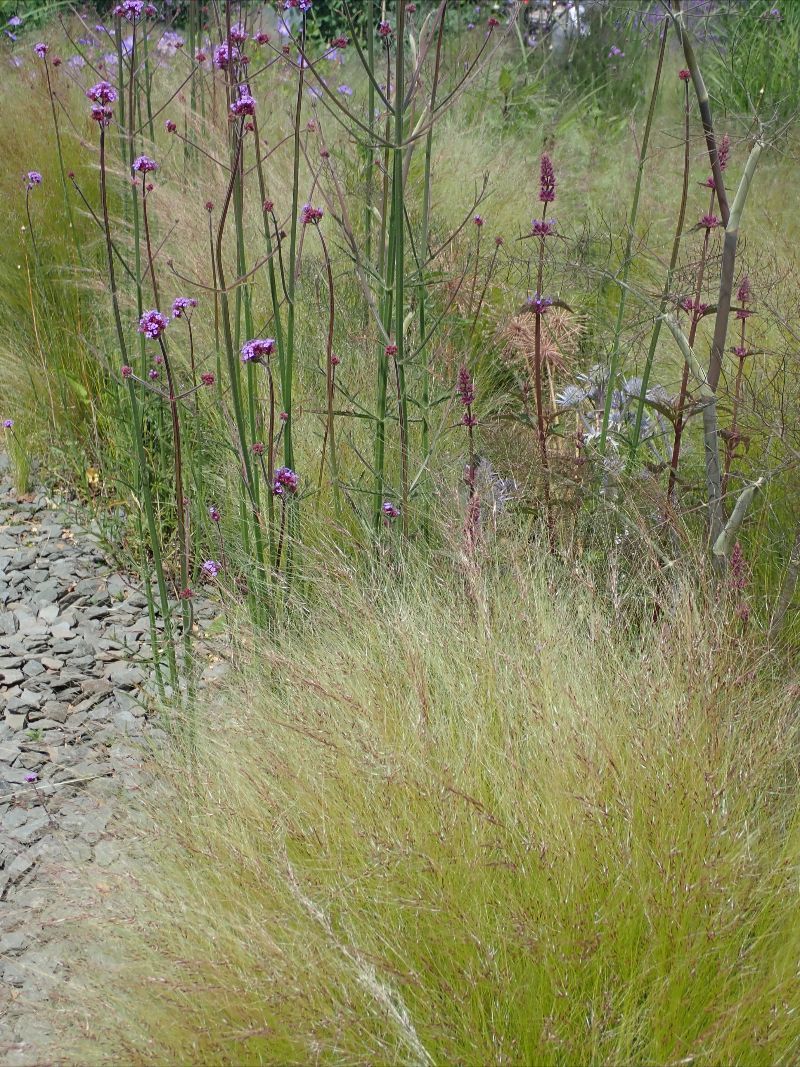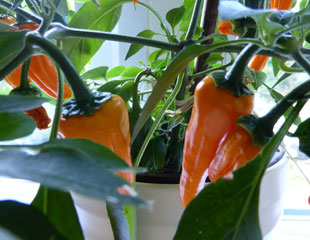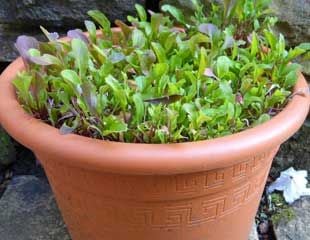Which plants suffered most in the drought? What not to plant in dry conditions
Posted on
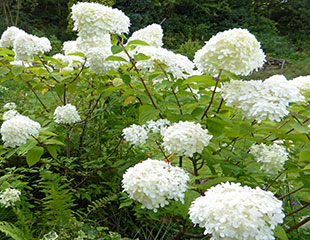 |
The drought of 2022 had quite an impact on our gardens. We may not have such severe drought in 2023, but we are dealing with climate change, and this often means warmer and drier summers. The RHS did a survey to find out which plants had suffered the most damage in the drought. Good to know what not to plant. We cannot afford to use precious resources watering thirsty plants. This makes drought-resistant plants invaluable. Inevitably, some plants will have died during the drought and it's important to replace them with more resilient plants.
|
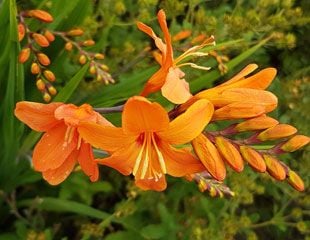 |
Trying to drought proof the garden comes in two stages.
First, where plants have succumbed to the drought do not replace and avoid the following which were found by the RHS to have fared badly:- Hydrangea, Crocosmia, Acer, Fuchsia, Astilbe, Roses, Anemone, Ferns, Heuchera and Phlox
Second check out Drought Resistant Plants for ideas on what to plant to survive future droughts. |


